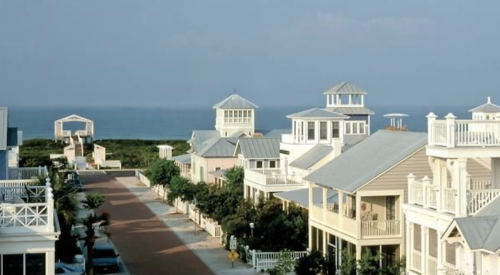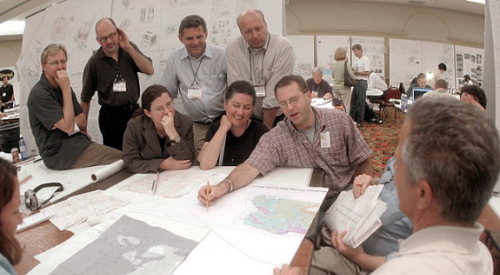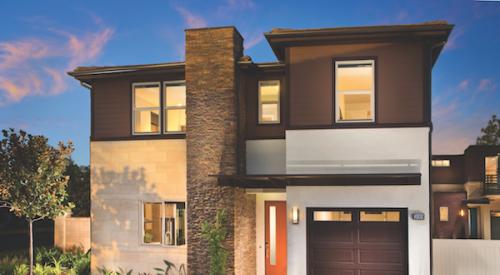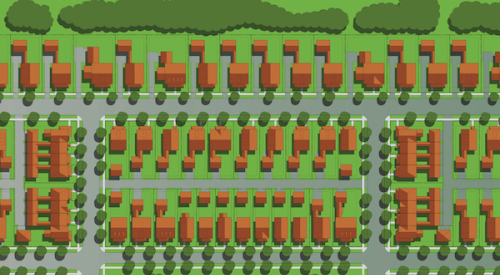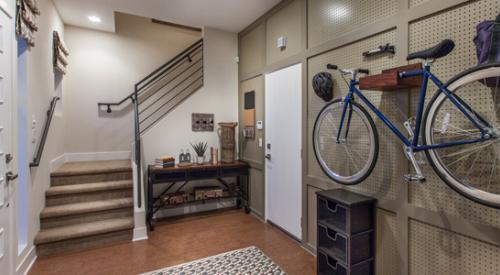TND, which usually involves grid patterned streets, with rear-loaded garages reached via alleys, is a hot item in many markets today, and Duany sees a connection between the growing popularity of TND and the increase in political opposition to conventional suburban housing development. "It's getting harder and harder to get conventional cul-de-sac subdivisions approved," says Duany.
"Eventually, builders and developers are going to discover that the only type of development municipalities will accept is TND, because it removes all the negatives associated with conventional suburban development, and that defuses the opposition to growth."
Speaking at a seminar in conjunction with NAHB's recent International Builders Show (but held off-site at Dallas' historic Union Station), Duany asserted that the more compact, higher density, mixed-use towns of TND are far more palatable than the conventional subdivisions that anti-growth activists characterize as 'urban sprawl.'
"There isn't one thing that conventional development can do as well as TND," Duany told the builders at the seminar. Opponents often claim TND, which is rooted in the historic urban planning concepts of colonial America, can't deal with the reality that American families now own as many as two, three, or even four automobiles. "It's a fallacy," Duany responds.
"A conventional (front-loaded) 50-foot lot can accommodate five cars. Two in the garage, two in the driveway, and one parked on the street in front of the house. And the two in the driveway are blocking those in the garage.
"By contrast, a 50-foot TND lot, with the garage at the rear, on the alley, can accommodate seven cars. Two in the garage, three in guest parking spaces across the back of the lot (beside the garage), and two parked on the street in front of the house (since there is no driveway in front)." TND allows homeowners the freedom of a pedestrian-oriented neighborhood where one car is enough, says Duany. "But if you chose to have more, TND gives you more places to put them, or a boat or a recreational vehicle. And the storage of those toys is not out front, where it ruins the 'curb appeal' of the home.
"Moreover, even though a TND lot has seven parking spaces, compared to five on a conventional lot, the cars in the garage are never blocked, as they are by cars in the driveway of a conventional lot."
